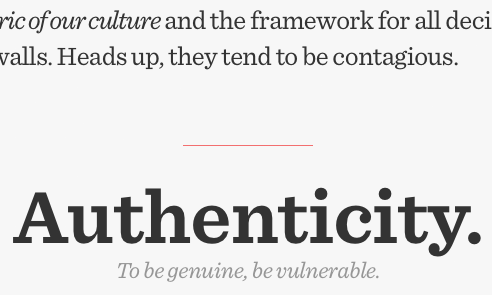Caslon Egyptian Font
Caslon's Egyptian in an early specimen book. The Two Lines English Egyptian is a created by the Caslon foundry of Salisbury Square, London around or probably slightly before 1816, that is the first general-purpose typeface in the known to have been created.

The Two Lines English Egyptian typeface is a font created by the Caslon foundry of Salisbury Square, London around or probably slightly before 1816, that is the first. Caslon’s Egyptian is available for licensing. Please call or email us to inquire. Circa 1816 William Caslon IV printed W CASLON JNR LETTERFOUNDER, the earliest showing. Websites using the typeface Caslon with personal recommendations for similar web fonts, suggested font pairings and the closest free alternative.
Open Source Chess Game. Sans-serif lettering in block capitals had been developing in popularity over the past decades, initially due to interest in classical antiquity in which inscriptions often had minimal or no, and come to be used by architect and copied by others, particularly in. Historian, a leading expert on early sans-serifs, has suggested in his textbook The Nymph and The Grot that Soane's influence was crucial in spreading the idea of sans-serif letterforms around the end of the eighteenth century. However, it was some decades before a printing typeface would be released in this style, now commonly used. Windows Vista Druckerspooler Neu Starten. The name 'Egyptian' had become commonly used in England by 1816 to describe this style of lettering; it may originate from the image of sans-serifs being historical in style, the of the period and the 'blocky' nature of ancient Egyptian architecture. (The term 'Egyptian' has since become associated with typefaces.) 'Two Lines English' is the name of the font's size.
The 'Egyptian' typeface was released by the Caslon foundry of Salisbury Square, London, run by William Caslon IV. (This was not the Caslon foundry of the 18th century, set up by: William Caslon III had set up a separate company to his family, which his son William Caslon IV then took over. ) It is somewhat 'classical' in style, being capitals-only, formal in design and not particularly bold (although still bolder than conventional body text fonts), appearing similar to Soane's lettering. The survive in the collection of the, London, with some replacement letters. Caslon's Egyptian typeface was shown in the foundry's specimen books, the earliest edition with a date dated 1816 although some possibly earlier. It appears sandwiched by larger and much more ornate typefaces, apparently not marketed with any prominence. Aside from its documented existence and survival, the reasons behind its creation are not clear, especially since no contemporary uses of it have been found.

Comments are closed.